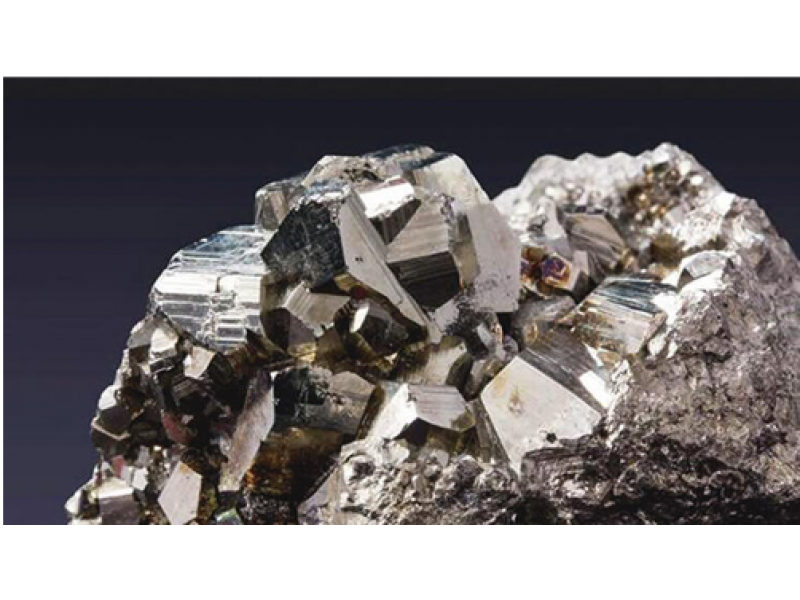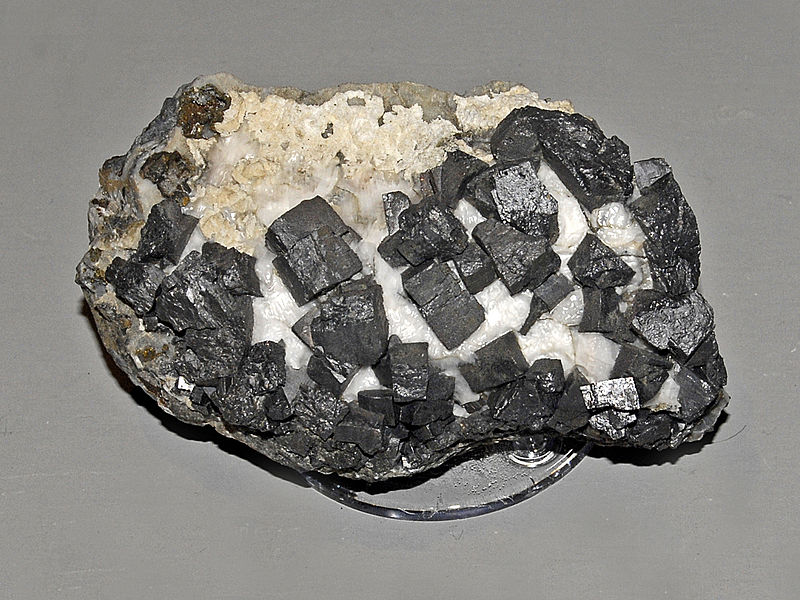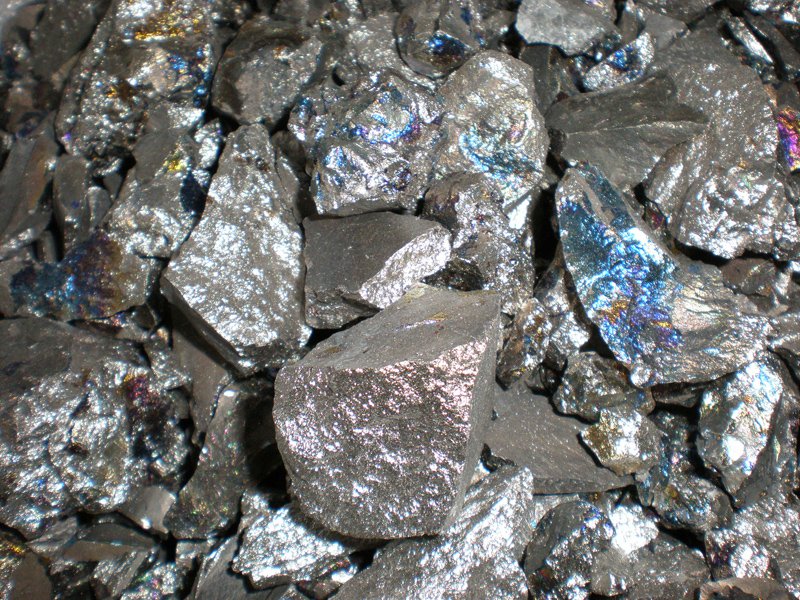Nickel, a versatile and valuable metal, plays a vital role in various industries, including manufacturing, construction, and electrical engineering. Desirable for its corrosion resistance and high-temperature stability, nickel has become an essential component in the production of stainless steel and other alloys. As an investor, understanding the factors influencing the price of nickel per ton is crucial for making informed decisions in today’s dynamic business landscape.

Global Demand and Supply Dynamics:
The global demand for nickel is a primary driver of its price per ton. Growing economies, particularly emerging markets, contribute to increased demand as their industries expand. Meanwhile, supply fluctuations can lead to significant price volatility. Nickel supply is primarily influenced by several factors, including mining output, scrap recycling, and government policies.
Mining Output:
Mining companies around the world contribute to the extraction and production of nickel. Changes in mining output can result from various factors, such as weather conditions, labor strikes, governmental regulations, and shifting investment patterns. Significant disruptions to mining operations, such as natural disasters or geopolitical tensions, can have a pronounced impact on the price of nickel per ton.

Scrap Recycling:
In addition to mining output, recycled nickel from scrapped products and waste materials can influence the overall supply of nickel available in the market. The recycling industry plays a vital role in maintaining the balance between supply and demand. Increased efficiency in recycling processes and advancements in technology can affect the availability of recycled nickel, thereby influencing its price.
Government Policies:
Government policies can shape the nickel market significantly. Export restrictions, taxes, and tariffs imposed on nickel-rich countries can limit the global supply. Conversely, incentives and subsidies can affect the production and export of nickel, indirectly impacting its price per ton. Keeping track of changes in government policies around the world is crucial for understanding the potential impact on the nickel market.

Macroeconomic Factors:
Besides demand and supply dynamics, macroeconomic factors also influence the price of nickel per ton. The health of the global economy, industrial production, and changes in currency exchange rates are among the key factors to consider.
Global Economic Outlook:
The growth prospects of major economies, such as the United States, China, and the European Union, significantly impact the demand for nickel. A robust economic environment often leads to increased industrial production and infrastructure development, consequently driving up demand for nickel. On the other hand, economic downturns can result in reduced demand and subsequently lower nickel prices.
Currency Exchange Rates:
The value of national currencies affects international trade and, in turn, the price of nickel. Fluctuations in currency exchange rates can make nickel more affordable or expensive for buyers and sellers located in different countries. Investors should pay attention to the foreign exchange markets and how they may influence the price of nickel per ton.
Market Speculation and Investor Sentiment:
Investor sentiment and speculative activities can lead to short-term price fluctuations in the nickel market. News regarding geopolitical tensions, economic forecasts, or suddenly changing market conditions can significantly impact nickel prices. Understanding market sentiment and distinguishing between temporary fluctuations and long-term trends is crucial for informed decision-making.
The price of nickel per ton is influenced by a multitude of factors, including global demand and supply dynamics, macroeconomic factors, and market sentiment. From mining output and scrap recycling to government policy changes and economic outlook, investors need to stay informed about these influences to make well-informed decisions. By keeping a close eye on these factors, investors can navigate the nickel market more effectively and maximize their potential returns in this essential metal’s ever-changing landscape.










Your comment submitted.